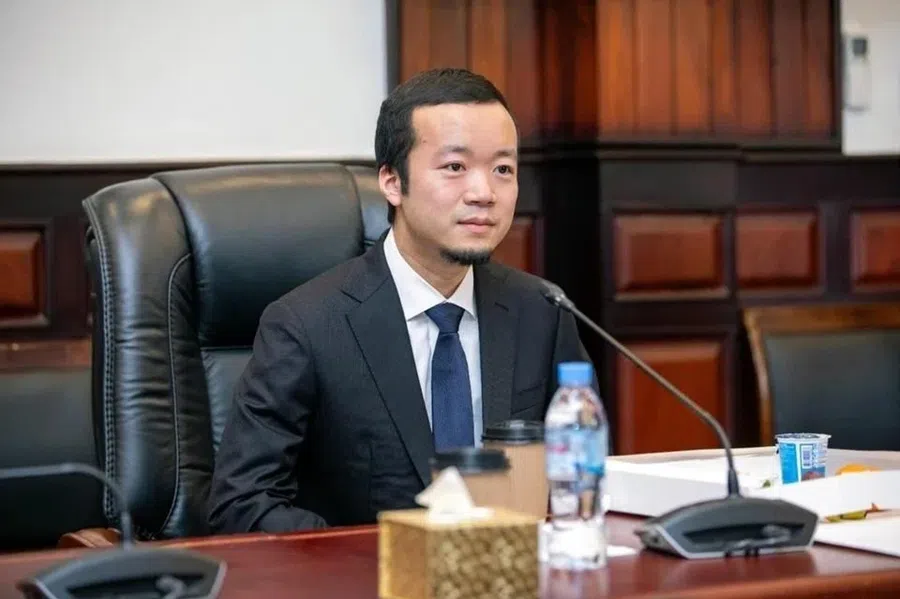Chinese solar giants’ shine fades amid growing product glut
Encouraged by government subsidies and policies aimed at limiting carbon emissions, China’s solar industry grew rapidly in recent years to grab nearly 95% of global production capacity. But the aggressive expansion strategy is now backfiring.
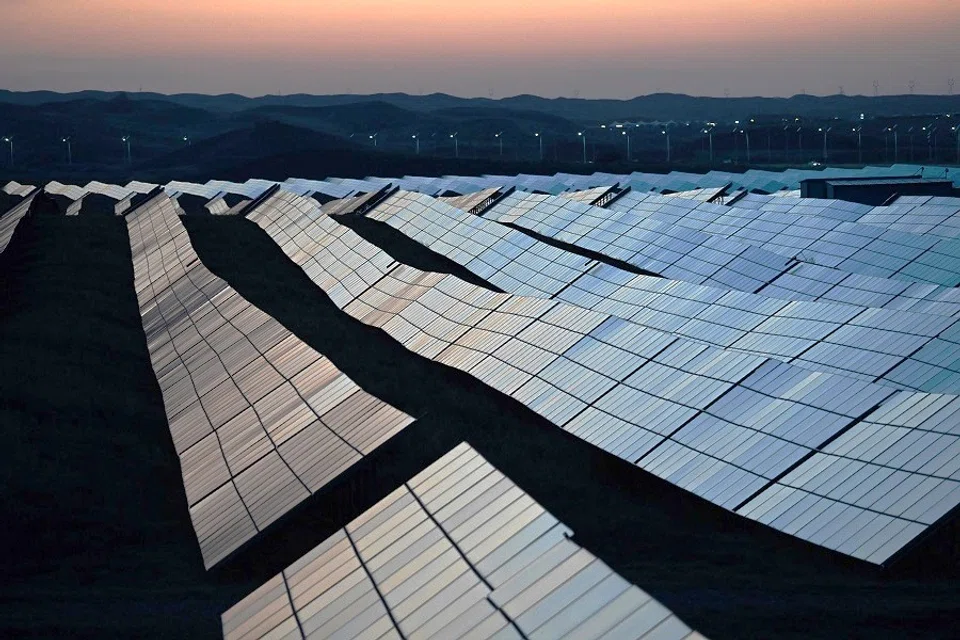
(By Caixin journalists Luo Guoping, Zhao Xuan, Fan Ruohong, Qu Yunxu and Han Wei)
China’s solar panel makers are suffering plunging valuations amid mounting losses as a price war triggered by overcapacity and weak demand takes a toll.
The industry, encouraged by government subsidies and policies aimed at limiting carbon emissions, embarked on rapid expansion in recent years to grab nearly 95% of global production capacity. However, that aggressive expansion strategy is now backfiring.
Major Chinese photovoltaic (PV) manufacturers reporting first-half results early September posted significant losses in reversal of year-earlier profits. Longi Green Energy Technology Co. Ltd., China’s largest solar wafer producer, reported a net loss of 5.2 billion RMB (US$733 million) for the first six months of 2024, compared with a 9.2 billion RMB net profit a year earlier. Rival TCL Zhonghuan Renewable Energy Technology Co. Ltd. posted a net loss of over 3 billion RMB, a sharp reversal from the 4.5 billion RMB profit recorded a year ago. The few companies that remained profitable saw their margins shrink.
The imbalance of supply and demand as a result of overexpansion has driven prices below manufacturing costs, causing operational difficulties across the sector, Longi said in its earnings report.
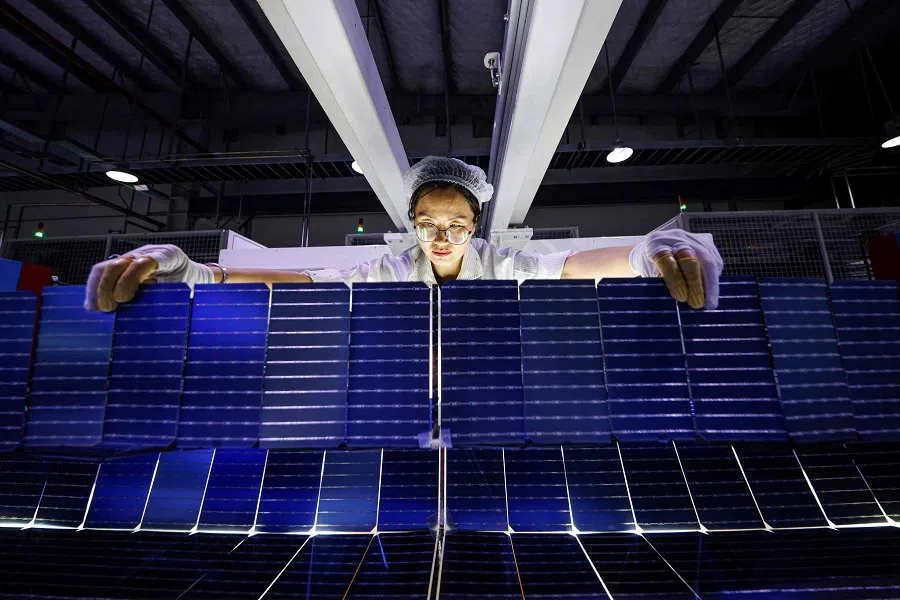
Businesses are losing money in both domestic and overseas markets, but they must keep selling to maintain cash flow, according to Zhang Sen, secretary-general of the PV branch at the China Chamber of Commerce for Import and Export of Machinery and Electronic Products (CCCME) in Beijing. “Everyone is holding on, but it will take a long time for the industry to shed its inefficient capacity,” he said.
The more they sell the more they lose. During the first half, operating cash flows for leading solar companies collapsed year-on-year, with net outflows reaching tens of billions of RMB, according to Caixin’s calculation based on company financial reports. JinkoSolar Holding Co. Ltd, the top solar module shipper, reported a net cash outflow of 6.78 billion RMB for the first half, while Longi recorded a net cash outflow of 10.8 billion RMB.
China’s PV industry has seen a wild ride in recent years. The government’s pledge to start reversing carbon emissions by 2030 and reach carbon neutrality by 2060 sparked a solar boom in 2020, prompting businesses and investors to pour significant resources into the sector, both domestically and abroad.
The PV supply chain runs from silicon materials to wafers, cells and modules. Polysilicon, the key raw material, is refined from industrial silicon. Wafers are cut from silicon rods or ingots, processed into cells, and then interconnected to form modules, which convert sunlight into electricity in solar power stations.
“We knew there would be excess capacity, but we didn’t expect the market to decline to this extent.” — A solar company executive
During a surge in installations from 2021 to 2023, a shortage of silicon materials and polysilicon pushed gross margins for suppliers above 70%. Fuelled by an investment frenzy, the capacity added in 2022 and 2023 was more than double that of the previous 20 years, pushing production across the supply chain to terawatt levels — 1,000 GW. However, global demand is only half of that.
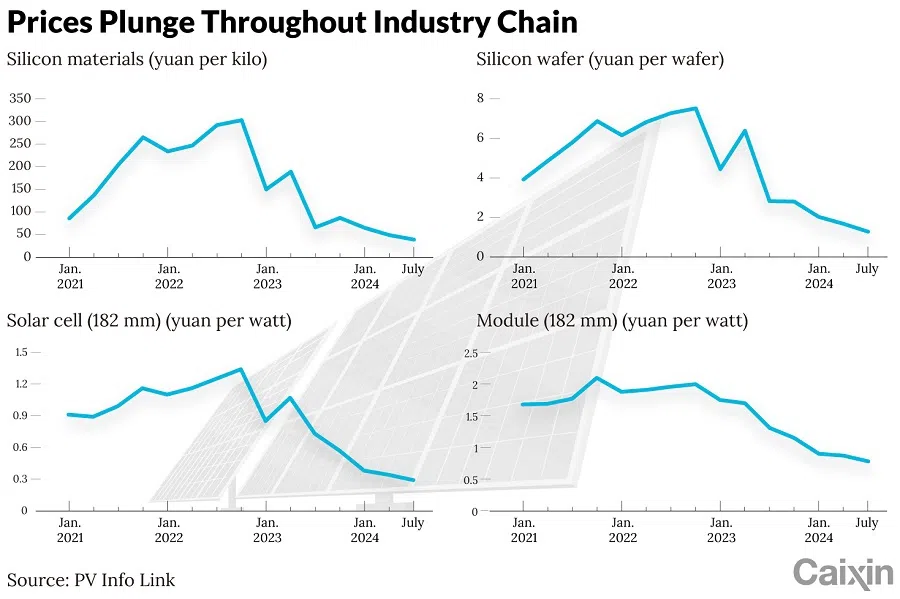
The market downturn caught many by surprise. By November 2021, photovoltaic module prices had nearly halved from earlier in the year, dropping below 1 RMB per watt. Prices continued to fall this year, hitting around 0.6 RMB, plunging the industry into a quagmire of losses.
According to an executive at a leading PV company, the gross production cost for well-performing PV firms is around 0.9 RMB per watt. When module prices were above 1.7 to 1.8 RMB per watt, as they were from 2021 to early 2023, China’s main PV supply chain earned more than 200 billion RMB annually. However, this year, industry losses may exceed 100 billion RMB. More than half of China’s PV modules are exported, according to Zhang. With an estimated annual export volume of 300 GW, losses may reach 30 billion RMB.
“We knew there would be excess capacity, but we didn’t expect the market to decline to this extent,” another solar company executive said.
The market slump has persisted for nearly a year with no signs of easing. “The core issue is price — it’s a matter of survival for companies, but prices just won’t rise,” Zhang said. Unless the fundamental supply-demand imbalance is resolved, the next four months will be even tougher, he added.
Ren Yiqiao, managing partner at CDH Investments, said that, in an optimistic scenario, the downturn may end in December or January. But the slump might last until the fourth quarter of next year.
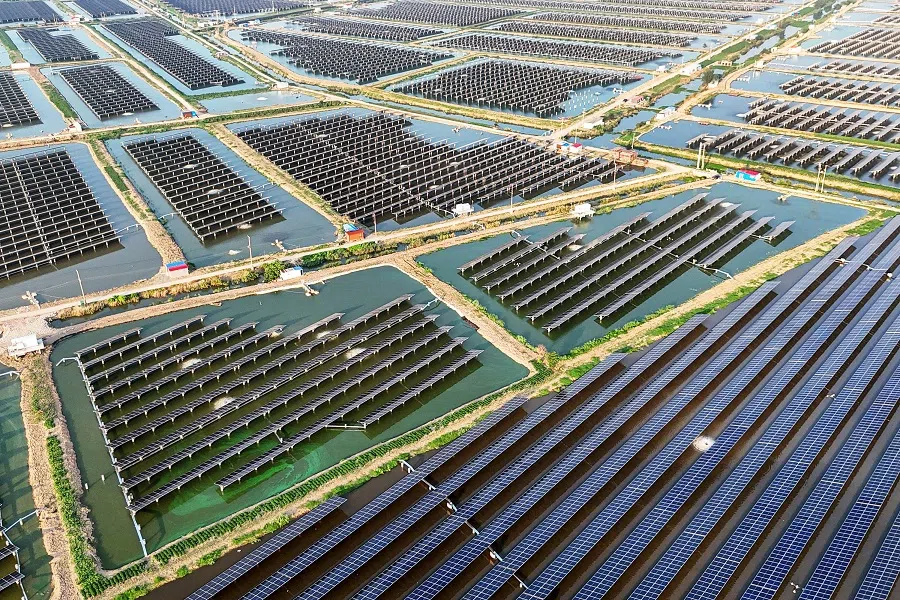
Ding Wenlei, executive director of distributed PV company Shandong Hangyu Energy, said the solar industry now faces not only upstream overcapacity but also challenges in end-user applications, which hinge on the pace of electricity market reforms to boost renewable energy integration into the grid. Ultimately, he said, low-price competition is not a sustainable solution.
Since late August, Longi and TCL Zhonghuan, which together control more than half of the wafer market, announced modest price increases to push back against cutthroat competition. While there are some signs of a market rebound, Longi chairman Zhong Baoshen said on a 2 September earnings call that the increased prices are still insufficient to restart shuttered businesses.
Unexpected downturn
The depressed prices and widespread losses across the PV supply chain are unprecedented for the industry. Since the fourth quarter of 2023, prices for polysilicon, wafers, cells and modules have plummeted by more than 50% to record lows across the board. Polysilicon prices, which topped 300,000 RMB per ton just two years ago, have dropped to around 40,000 RMB per ton, plunging previously thriving polysilicon companies deep into the red.
In the short term, prices are unlikely to stabilise until companies shift their focus from market share to profitability.
“At the current price of 40,000 RMB per ton, polysilicon companies can’t even cover their electricity costs or the cost of upstream industrial silicon,” said Lü Jinbiao, deputy director of the expert committee of the silicon branch of China Nonferrous Metals Industry Association in Beijing.
In May 2023, Longi President Li Zhenguo warned that China’s PV industry was on the verge of a glut, a view many dismissed at the time.
Lü said that since most companies made substantial profits in the first three quarters of 2023, they continued to push for greater market share even as prices approached cost levels by year-end. However, as prices kept falling, many of them swung to losses by June and were forced to cut prices further to secure orders.
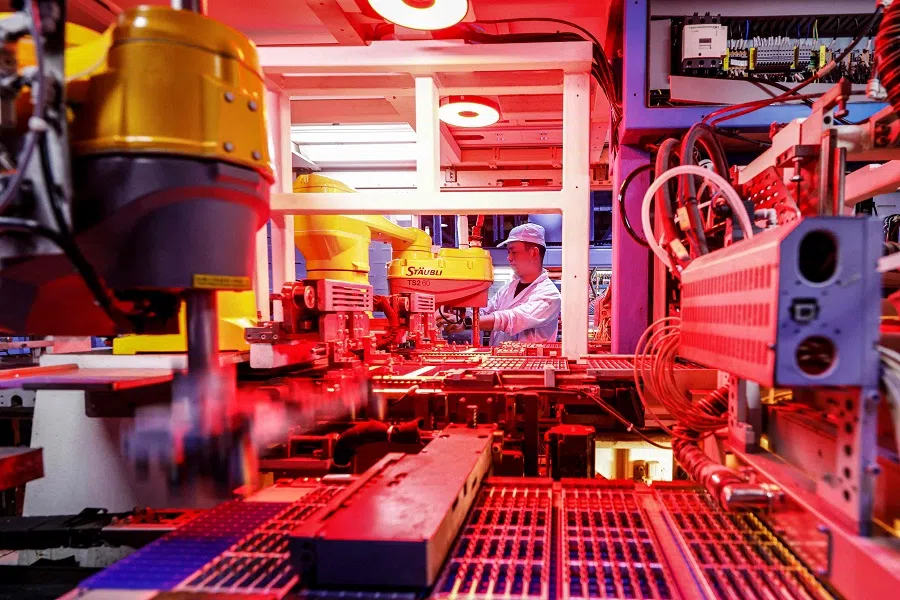
China’s PV industry has had its ups and downs, largely driven by policy changes until government subsidies fully ended in 2022. “This is the first time the market has bottomed out in a fully market-driven environment,” said Han Xue, an energy policy expert at the State Council’s Development Research Center. “Now, supply and demand are entirely shaped by market signals, leaving companies uncertain.”
BloombergNEF analyst Tan Youru said the PV industry remains in the early stages of a deep adjustment, with no significant capacity exit yet. In the short term, prices are unlikely to stabilise until companies shift their focus from market share to profitability.
Overcrowded market
Business registration data show that the number of newly registered PV companies grew at an average 21.7% annually from 2021 to 2023. “The industry can’t sustain this many companies,” Longi’s Li told Caixin, attributing the surge to “irrational capital market support and non-market-driven backing from local governments”.
Eliminating outdated capacity and promoting mergers and acquisitions are inevitable trends for getting rid of excess capacity in the PV industry, said Zhang from CCCME.
However, a PV executive said that mergers and acquisitions are difficult in the current market. Companies are struggling to survive, leaving little room for acquisitions, and rapid technological changes make outdated capacity less valuable in the long term.
Some analysts say the collapse of a major producer may be necessary to restore market balance.
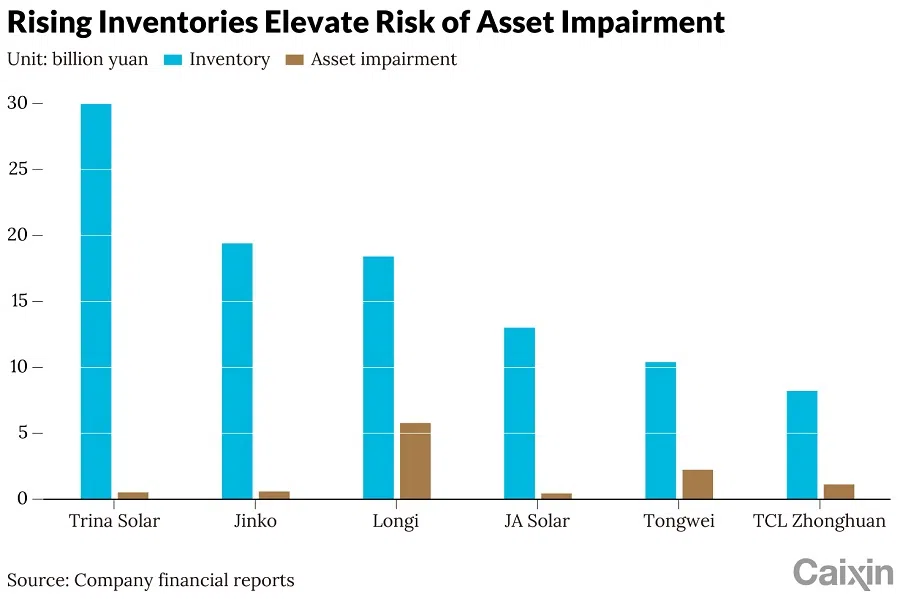
The product glut, driven by reckless expansion and homogenisation, is rooted in a lack of intellectual property protection, according to an executive at GCL. “Companies don’t focus on building competitive ‘moats’ and are solely concerned with outpacing others and keeping costs low,” the executive said.
“The supply-demand ratio in (PV manufacturing) was around 1.5:1 in 2020, but it has now surged to 2.5:1 to 2.8:1,” said Ren from CDH. “A healthier state will be reached when the ratio falls back to 1.5:1 to 1.7:1.”
To survive, companies need to focus on technology, aiming for higher power generation efficiency and lower costs, according to Zhang. “What’s the PV industry competing for now? The top priority is the technological path, followed by intellectual property patents, with the core battle being market share,” he said.
Capital flees
According to data from Financial Association Venture Capital Connect, from 2020 to the end of July 2023, the photovoltaic industry recorded 164 investment and financing deals in the primary market. Leading investment institutions, including IDG Capital, China Capital, Investment Group, Hillhouse Investment, Yida Capital, the National Green Development Fund and China State-owned Enterprise Structural Adjustment Fund Co. Ltd., were involved in transactions.
The capital influx quickly produced several industry giants. Qinghai Lihao Semiconductor Material Co. Ltd., founded in April 2021, became the world’s sixth largest silicon material supplier by the end of 2023 after multibillion-dollar investments in Qinghai and Inner Mongolia. The company completed five funding rounds in three years, backed by over 20 institutional investors, with its valuation nearing 14 billion RMB as it became the fastest-growing unicorn in the sector.
Another startup, Gokin Solar Co. Ltd., founded by Zhuhai-backed Huafa Group and IDG, saw its valuation soar to 20 billion RMB after four funding rounds by September 2022. The company has announced investments totaling 50 billion RMB in monocrystalline wafer, silicon rod and module factories.
According to the China Photovoltaic Industry Association (CPIA), fundraising by PV companies via IPOs, private placements and convertible bonds surged from 36.3 billion RMB in 2019 to 166.2 billion RMB in 2022, more than quadrupling in three years. In the first half of 2023, 60 PV companies raised almost 200 billion RMB in refinancing, according to East Money Information Co. Ltd.
Financial institutions are closely monitoring industry shifts, making it much harder to get funding. — Zhong Baoshen, Chairman, Longi Green Energy Technology Co. Ltd.
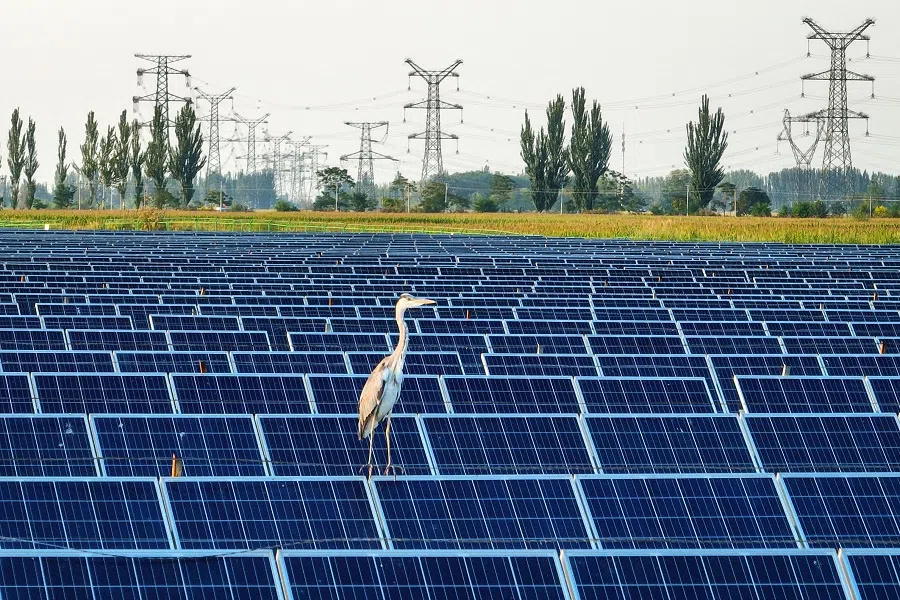
However, in August 2023, China’s securities regulator tightened control over new share listings and refinancing. With limited exit channels, severe overcapacity, and mounting losses, investor sentiment in the PV industry cooled. The market valuation for Longi — the only PV maker valued at around 100 billion RMB — is down almost 80% from its 2021 peak.
While 15 PV companies went public in 2022, only five did so in 2023. About 40 companies remain in the IPO pipeline, but progress has slowed, with many firms withdrawing or cancelling their plans. The outlook for 2024 appears even tougher, as over a dozen PV companies have already pulled out of IPOs. Refinancing in the secondary market has also nearly halted.
As financing dwindles, plant construction has slowed, too. In the first half of 2023, the number of PV projects commissioned, started or planned dropped 75% year-on-year, with more than 20 projects cancelled or delayed, according to CPIA.
Although large-scale bank loan withdrawals haven’t occurred yet, many expect them soon. Major banks are reassessing their loans to PV companies, as most project returns have fallen below initial forecasts. Longi’s Zhong said financial institutions are closely monitoring industry shifts, making it much harder to get funding.
Governments’ role
“Local governments have been a major driving force behind this round of overcapacity,” said Liu Wumin, investment director at Wenergy Capital.
For local governments, the PV industry is seen as a fast-track “wealth creation machine”, said Liu Wumin, investment director at Wenergy Capital. “Local governments have been a major driving force behind this round of overcapacity,” he said.
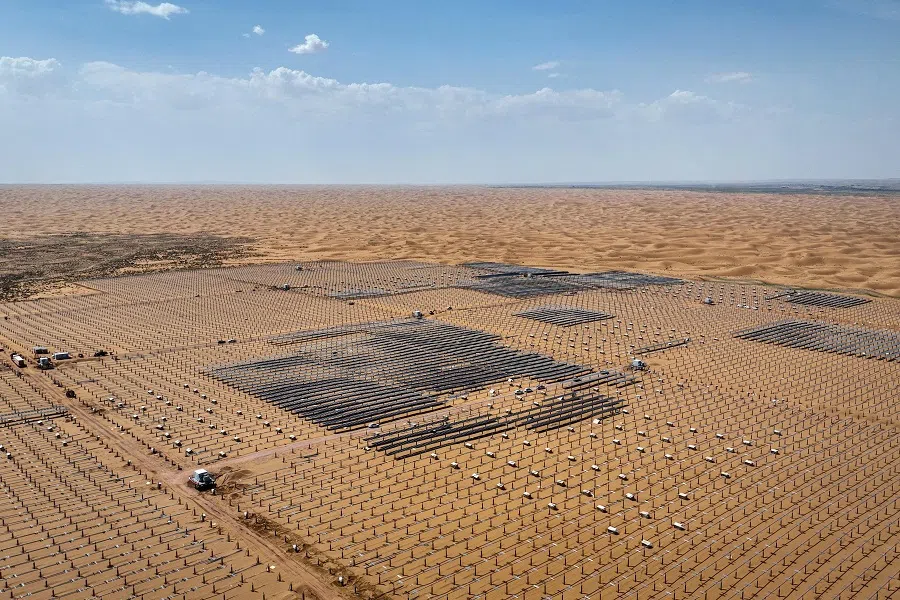
Its large scale, strong capital absorption and predictable returns, combined with the central government’s carbon reduction policies and clear IPO prospects, make it highly appealing. This has fuelled a wave of capital investment, talent recruitment, equipment purchases and government support — which has all contributed to the industry’s overexpansion.
“Local governments focus on short-term gains, supporting startups to quickly build capacity, which boosts local GDP, employment and tax revenue,” another PV executive said.
Local governments support the PV industry in two main ways: offering incentives such as land use rights, tax breaks and favorable loan terms, or injecting capital into PV firms through government-backed investment vehicles. An industry insider told Caixin that local subsidies reached as high as 35% — meaning the government contributed 35 RMB for every 100 RMB of company investment.
Since 2020, large wind and solar projects in western China have accelerated the PV industry’s capacity expansion, with provinces offering incentives, particularly lower electricity prices. Some provinces even promised electric power subsidies, which played a crucial role in investment decisions, especially for crystalline silicon producers, who are heavily reliant on electricity use. However, many companies say these subsidies were only partially delivered or never provided. This unreliability has further fuelled price cutting, sources said.
Government involvement has complicated the market downturn, with some regions blocking the shutdown of unprofitable production lines. Local governments provided financial support through debt guarantees, investment contributions and bank loans, often pushing for mergers to avoid bad debts or losses at state-backed investment platforms.
“Governments are hesitant to let companies go bankrupt or restructure as debt write-downs would result in state-owned asset losses, and those responsible could face consequences,” said a person familiar with the matter.
TCL Zhonghuan and Jinko Solar have both announced major investments in Saudi Arabia, totalling billions of dollars, as Chinese companies seek to escape domestic competition and trade barriers abroad.
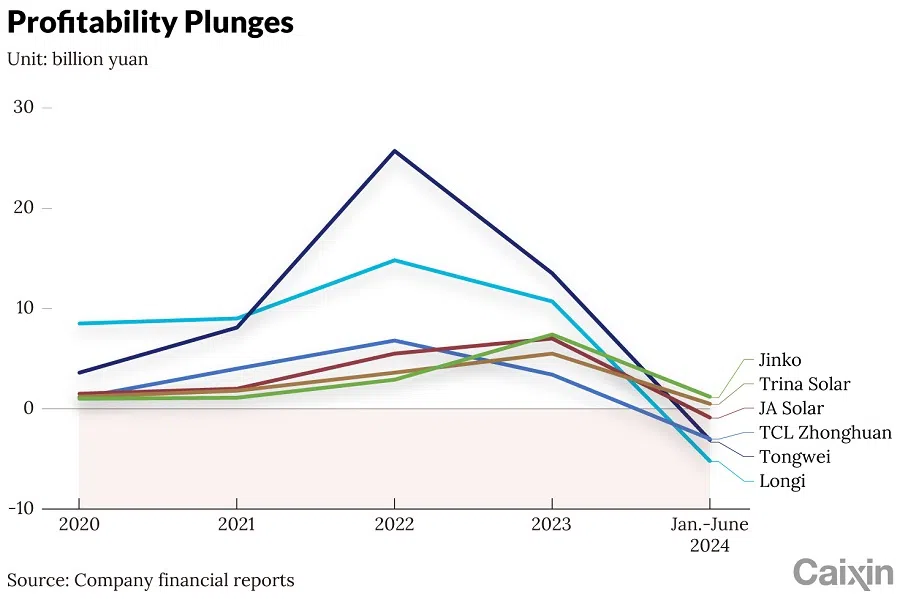
In August, Tongwei Co. Ltd. proposed acquiring a 51% stake in Jiangsu Runergy New Energy Technology Co. Ltd. for up to 5 billion RMB. Once valued at 40 billion RMB with support from the Yancheng city government, Runergy’s business has plummeted amid the market downturn, leaving it with nearly 10 billion RMB in debt and nearing bankruptcy.
Facilitated by the Yancheng government, Tongwei, which operates the world’s largest module production facility in the city, agreed to explore the acquisition, Caixin learned. However, the deal is challenging as Runergy’s valuation has dropped 75% while its debt ratio has jumped to 80%. Tongwei is also facing its own financial difficulties, having posted a 3.1 billion RMB loss for the first half of the year.
Shifting balance
The CPIA forecast that China will add 190-220 GW of new solar power generation capacity in 2024, compared with 216 GW added in 2023. This expansion is creating challenges domestically, with declining utilisation rates for existing projects and difficulties integrating solar power into the grid due to its uncontrollable nature.
Internationally, China’s PV exports are struggling due to weakening demand. In the first half of 2024, exports dropped by 35.2% year-on-year to US$18.7 billion. Exports to Europe, China’s largest market, fell by half, largely due to excess inventory from previous years and rising trade tensions. Most overseas profits now come from the US, where leading Chinese PV companies such as Longi and Trina Solar have ramped up production. However, building factories in the US is four times more expensive than in China, and without Inflation Reduction Act (IRA) subsidies, profitability is slim.
Meanwhile, the Middle East is emerging as a new market. TCL Zhonghuan and Jinko Solar have both announced major investments in Saudi Arabia, totalling billions of dollars, as Chinese companies seek to escape domestic competition and trade barriers abroad.
“All markets are highly competitive,” said Tan from BloombergNEF. “Once a market shows potential, companies quickly follow, turning a ‘blue ocean’ into a ‘red ocean’.”
This article was first published by Caixin Global as “Cover Story: Chinese Solar Giants’ Shine Fades Amid Growing Product Glut”. Caixin Global is one of the most respected sources for macroeconomic, financial and business news and information about China.





